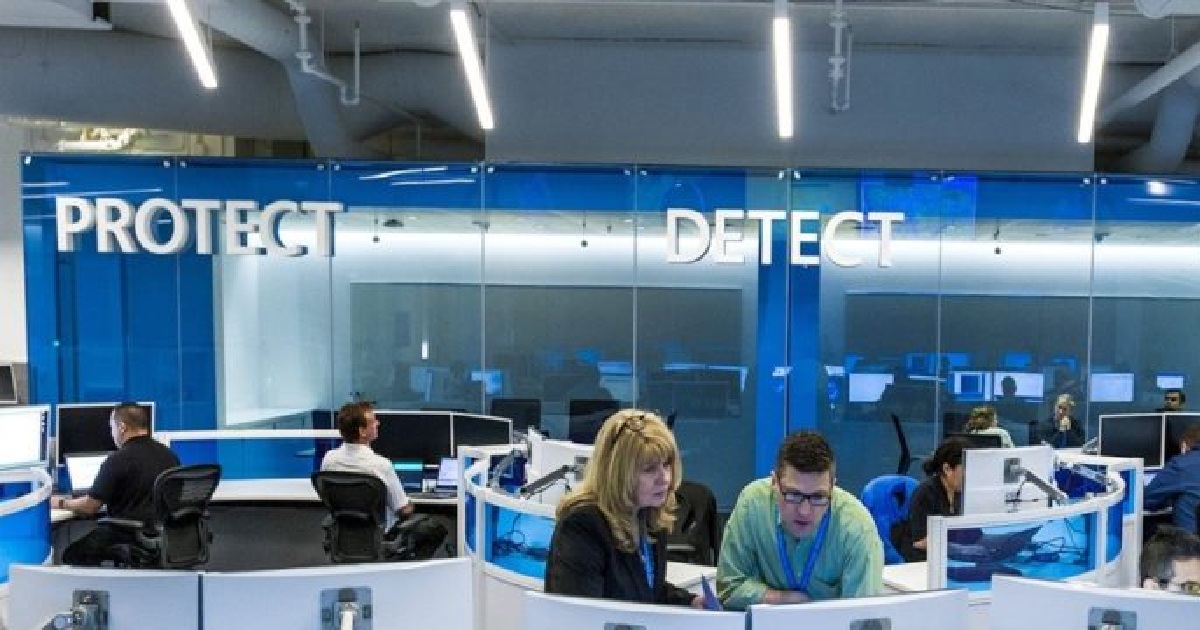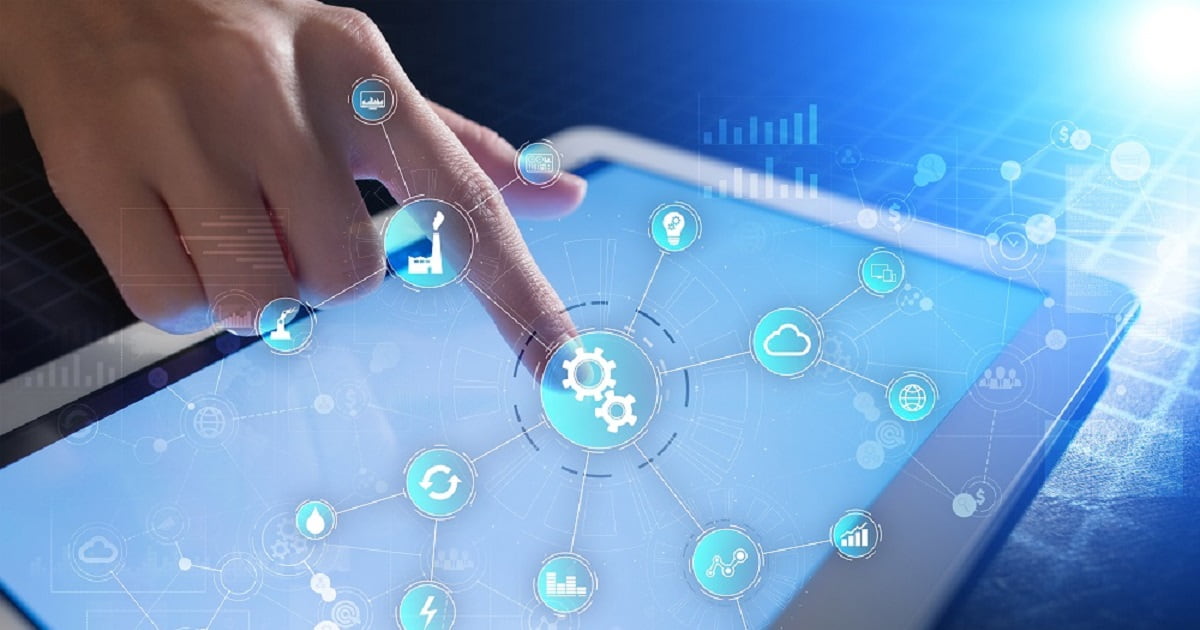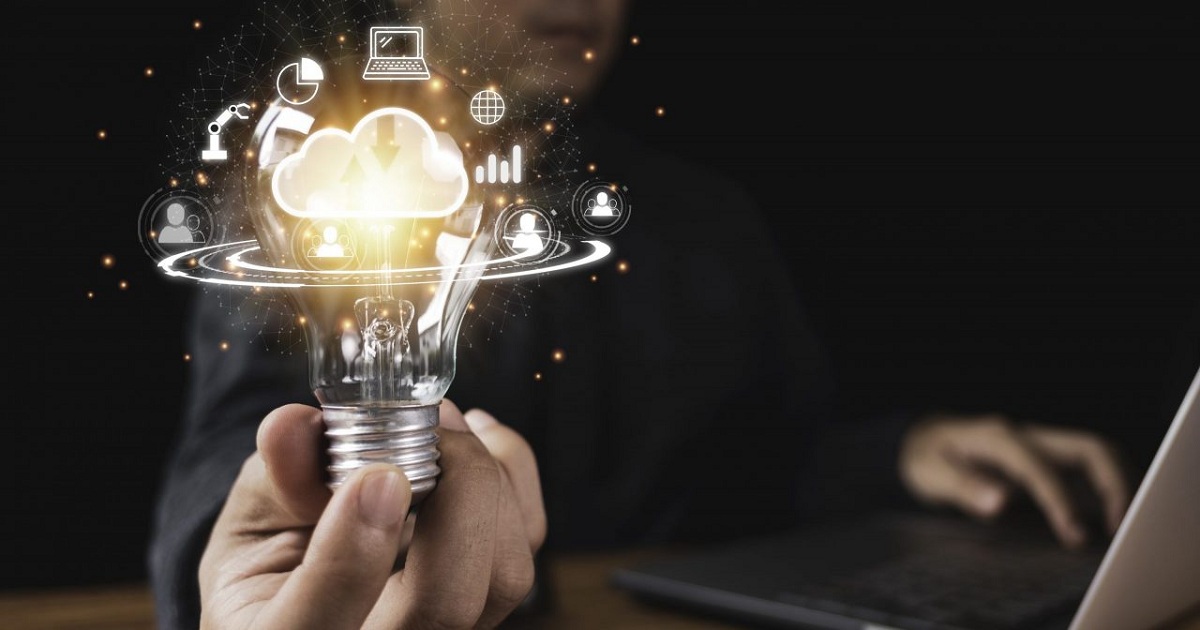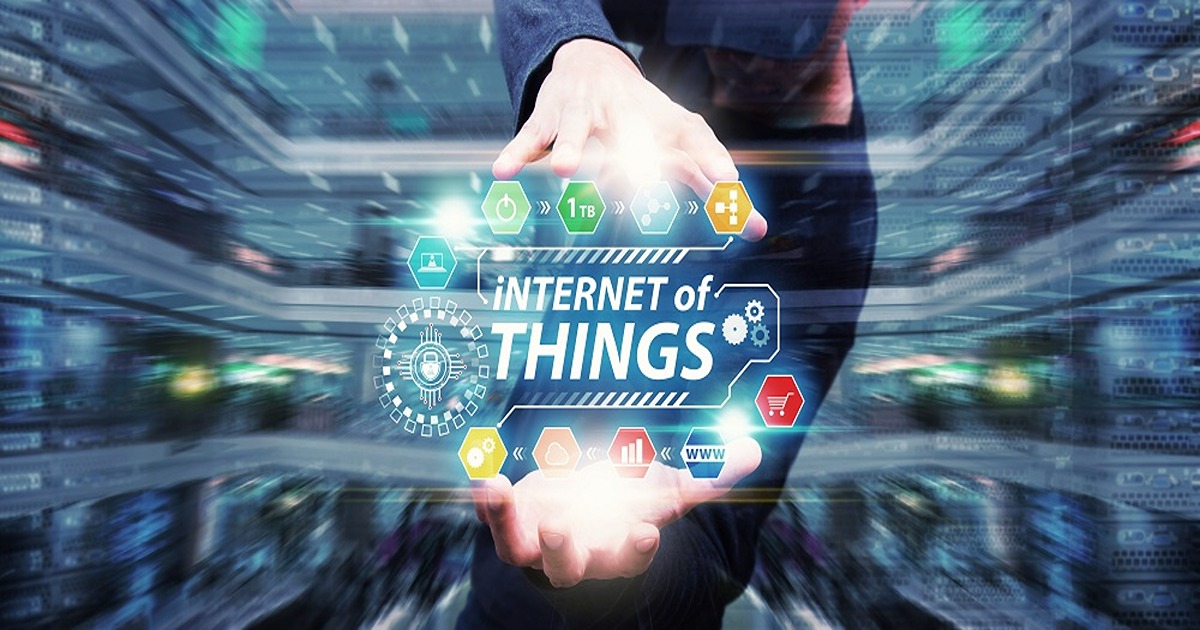
IoT Security
Article | June 28, 2023
Modern computing devices can be thought of as a collection of discrete microprocessors each with a dedicated function like high-speed networking, graphics, Disk I/O, AI, and everything in between. The emergence of the intelligent edge has accelerated the number of these cloud-connected devices that contain multiple specialized sub-processors each with its own firmware layer and often a custom operating system. Many vulnerability analysis and endpoint detection and response (EDR) tools find it challenging to monitor and protect devices at the firmware level, leading to an attractive security gap for attackers to exploit.
At the same time, we have also seen growth in the number of attacks against firmware where sensitive information like credentials and encryption keys are stored in memory. A recent survey commissioned by Microsoft of 1,000 security decision-makers found that 83 percent had experienced some level of firmware security incident, but only 29 percent are allocating resources to protect that critical layer. And according to March 2021 data from the National Vulnerability Database included in a presentation from the Department of Homeland Security’s Cybersecurity and Infrastructure Agency (CISA) at the 2021 RSA, difficult-to-patch firmware attacks are continuing to rise. Microsoft’s Azure Defender for IoT team (formerly CyberX) recently announced alongside the Department of Homeland Security a series of more than 25 critical severity vulnerabilities in IoT and OT devices
Read More

IoT Security
Article | October 11, 2023
2022 looks bright for power optimization! The vibrant research and development in Internet of Things (IoT) is fueling the expansion of wireless monitoring solutions and enabling giant leaps in terms of low-power design. A longer lifetime for your batteries, and thus for your device, is a dream about to come true.
We have gathered some of the most notable power optimization trends that are getting us all excited for 2022…
5G, the next era of broadband cellular networks will offer improved power saving capabilities
The next wave of wider 5G cellular technology is designed to support various new highly challenging industrial use cases. These usually require increased hardware complexity and more processing, together with higher processing power. These requirements can raise power consumption quite significantly.
Smart power consumption and energy efficiency are thus becoming keys for the success of these applications and 5G technology.To that extent, 5G New Radio (NR) has progressed swiftly. The new 3GPP™ release is designed to significantly improve the performance, flexibility, scalability, and efficiency of current mobile networks. Improved power saving features now allow IoT developers to get the most out of the available battery capacity. This could make all the difference for new IoT use cases and efficiencies.
A new generation of sensors are optimized for low power technologies
New families of ‘breakthrough’ sensors, based on anultra-low power architectureare optimized for use in compact wireless devices. These sensors offer a richer set of functionalities and can be combined to create new insights (sensor fusion). One of the greatest challenges facing developers of these small form-devices is power consumption. Aware of these limitations, hardware manufacturers have been working hard to address them. Integrated circuit designs and techniques are now using less power while smart processing capabilities are enabling the sensors to intelligently manage sensing functionalities,delivering ultra-low power performance for best-in-class power consumption. The use of advanced Low Energy Bluetooth and wireless protocols (e.g. Bluetooth Low Energy (BLE) or ZigBee Green Power) also allows the transmission of data to the gateway more efficiently compared to prior solutions, opening new possibilities for developers.
Big Data, Analytics, Machine Learning and Edge computing are picking up the pace
The explosion in data volume and diversity is forcing organizations to rethink the way they process the information. Indeed, capturing, sending and processing the information in the cloud can be taxing for the network, the storage and the computing infrastructures which demands more processing power, hence the need to keep the transmission window as short as possible.
This has led to the development of advanced devices capable of collecting, processing and storing data autonomously before the data is sent to the servers. This concept is calledEdge computing. By reducing the need for data to be streamed through the networks, diminishing computing and processing costs,Edge computing contributes to optimizing power performance, whilst delivering quality data in a more sustainable way.
The rise of DevOps and new IoT Device Management platforms are contributing to better efficiency and better devices
The rise ofDevOpshas been swift. Derived from Development and Operations, ‘DevOps’ teams are responsible for making sure that the infrastructure is being maintained properly.With the help of IoT Device Management platforms—which are a central part of today’s IoT ecosystems— DevOps teams can better manage, scale and operate their fleet of devices remotely and reduce long-term operational costs.One of the areas that benefits from the rise of DevOps implementation is power supply optimization, as more efficient protocols such as Lightweight Machine to Machine (LwM2M) allow for device and battery monitoring, remote device actions and faster communication.
Harvesting technologies are becoming more effective
Power harvesting technologies include processes where energy from ambient sources such as the sun, temperature, movement or wind, is captured and stored to power wireless autonomous devices. Now gaining experience,harvesting technologies can exploit natural resources better than ever before.
As a result,the gap between the power requirements of embedded systems and the energy generated by energy harvesting systems is finally closing. Industrial applications for these technologies are still very limited, but coupled to efficient rechargeable batteries, they can present new opportunities for devices deployed in wild remote areas.
Power optimization tools are becoming increasingly exhaustive and reliable
Battery optimization is everyone's business and needs to be considered throughout the overall system performance analysis, from prototyping to deployment and on toward maintenance cycles.
Several innovating tools haveappeared on the market over the past few years and developers have now access toa rich ecosystem of tools to analyze their overall system performance.
Wisebatt for Saft for example can help creating a virtual prototype and simulate its consumption.Deutsche Telekom’s IoT Solution Optimizergoes even further. You can model the complete system to identify potential energy consumption issues or leaks. The system can not only recommend the right combination of power saving features based on your use case, but also can help you visualize how communication payload size, protocol use and communication frequency impact your battery life.
When at the prototype stage,Qoitec Otii solution measures in real time the consumption of your device at various temperatures, up to the measurement of the firmware and hardware operations without the need for expensive testing. These tools are constantly enhanced and improved to deliver better analysis and more accurate data.
With an increased awareness from IoT developers of the stakes of power consumption and the growing rate of low-power innovations, batteries are now able to outlive the devices they’re in. This opens the doors tomany new markets and applications and above all to more sustainable consumption patterns. When we told you the future looks bright, we weren’t joking!
Read More

Enterprise Iot
Article | July 20, 2023
If you’re struggling with creating a value proposition in volatile markets, you’re not alone. According to Neil Patel, 40% of marketers struggle to acquire leads by traditional marketing methods. As competition grows in each industry, even fairly monopolistic markets like tech are seeing rising competition in all areas.
To combat market uncertainty, as well as stand out amongst your competitors, you need a market strategy that not only offers a direction but actively targets your goals. A market strategy is your go-to plan when things get rough and it is a map for when the waters are calm. Moreover, marketers with a documented strategy are 313% more likely to report success.
We’re sure you already have a market strategy that is just right for you. But have you considered if it can be refined further? Thanks to emerging technologies like IoT, we now have access to the most mundane customer decisions that are taken on a day-to-day basis. This data is your ticket to a better market strategy without having to spend a bomb.
This is how you can refine your market strategy with the help of IoT.
Data-driven Decisions
The Internet of Things has offered us insurmountable amounts of consumer data. A caffeine brand can now access information such as what time consumers have coffee, whether it is at home or office, what flavors they prefer, how much they’re willing to spend on coffee, and what other alternatives they consume. This kind of data, collected on an IoT device such as a coffee machine, is instrumental in making marketing decisions. If you know that your consumer prefers to have coffee at work in peace rather than in a rush at home, you can target offices in the area with your product rather than targeting individual consumers.
IoT offers you the right information to make the right decisions. But you can also leverage this data to drive your market strategy. In the above example, the marketing team can account for campaigns geared towards workplaces based on the available data in the budget. Data-driven strategies prove to be more effective than otherwise, and as marketers, you must absolutely leverage any IoT data that may be relevant.
Respect your Customers
While IoT offers marketers a truly astounding amount of data, not all users are aware of what data is being tracked. This raises concerns for privacy and security among the users. Even though most of the users waive their rights to withhold the information when signing into an app or wearables software, they are not always comfortable sharing certain data.
As marketers, it is important to keep your practices ethical and legal. Using consumer data may be completely legal, but it is best not to offend your customers by overt use of data that they aren’t comfortable sharing. Make sure that the usage of data in marketing campaigns and strategy is limited to what data has been consciously shared by your consumers. This will bolster your goodwill, as well as make your customers trust your brand.
Offer Valuable Solutions
With the advent of Big Data and AI technologies, the internet of things is turning over a new leaf. As there is a vast amount of data that can be processed fast with AI, marketers can now target individuals rather than households or groups. With precise data available over consumer decisions and actions, it is possible to know if there are any unlikely customers that you have been ignoring so far.
IoT allows you to not only target these customers but also solve their problems. If we continue the caffeine example, the connected coffee machine can tell you when the coffee is about to be over, this can send you reminders to buy coffee, or in case of further automation, place an order on Amazon on your behalf. These solutions can be now hyper-personalized to suit individual needs through IoT.
IoT Based Campaigns
Your market strategy will have to account for campaigns throughout the year, but if you’ve noticed closely, the only marketing campaigns that gain significant traction are the ones that have a ‘wow factor’. A lot of marketers mistake the wow factor to be a subjective preference that customers have but it couldn’t be further from the truth. The wow factor is simply the effect produced when a business goes above and beyond to meet customer needs. IoT offers us the resources required to manufacture the wow factor in every single campaign.
A great example of this phenomenon is beacon marketing. Beacon marketing is considerably new in the marketing industry and uses Bluetooth technology to transmit information to nearby mobile devices. It is heavily used in retail across the globe and giants like Target and Walmart are already using the technology to market its services. Walmart places beacons in its lights across its stores and sends offers to its customers based on their location. It not only personalizes the shopping experience, but also saves a large amount of electricity bill for its stores.
Target Existing Customers
Many times, in a bid to appease new customers, marketers often forget about their existing customers. Your existing customers already know you, have tried your product or service, and are clearly interested in the product. A good product or service is often enough to keep the customers returning, but with the current levels of competition, customers often find themselves wondering if they should try new things. As a marketer, all you need to do is deter your existing customers from straying. You can do this by either providing an unparalleled service, which is quite unlikely in today’s market, or you give them a reason to stay.
Thankfully, targeting existing customers is much easier than targeting new ones. You already have their data over their preferences and habits. If you know that a certain firm updates their applications every second quarter, you can send them offers just before the second quarter starts and remain fresh in their memories when they decide to make the decision.
Allergy medication Zyrtec leveraged IoT when targeting their existing customers with a voice-enable application. Its users could just ask the application about the daily allergens and pollutants in their area so they could prepare ahead. The app offered a powerful solution to its users while making great use of its brand image and retaining almost all of their existing customers.
Leverage New Technologies
We have already discussed several complementary technologies to IoT that can help you make the most out of your market strategy. AI and Big Data are some of the strongest allies for IoT that can help change the norms across industries. But even limited technologies like voice-enabled applications, QR scanners, beacons and so can open up a lot of opportunities for marketers.
Consider adopting some of these technologies such as geofencing which are inexpensive and effective at the same time. Burger King is a great example of using geofencing for marketing. Geofencing is a technology wherein you can transmit messages or information to mobile devices within a certain area. Burger King set up their geofences across all McDonalds in the UK and as soon as anyone entered within a 500 m radius of a McDonald’s outlet, they received Burger King coupons and directions to the nearest store.
Case Studies
There are a lot of examples of IoT being used to enhance strategies or campaigns. Some of these examples are given below.
Diageo, a whisky brand in Brazil innovatively used IoT to run a father’s day campaign. They encouraged men to buy whisky for their fathers and placed a QR code on their bottles. Once the bottle was received, the fathers could scan the code which would play a personalized father’s day message by their sons. This concept was so loved by people in Brazil that Diageo saw a 72% sales uplift in the two weeks leading up to Father’s Day.
South East Water, CRM leveraged IoT by building an end-to-end IoT ecosystem powered by IBM’s Maximo. This helped them roll out an app that offered near real-time insights into customer requirements for over 80 engineering teams. This alone helped them ensure higher customer satisfaction and accelerated access to critical reports by 99 percent!
Uber and Spotify rolled out an IoT campaign together wherein you could access your Spotify playlists through the Uber app and once you were in an Uber, you could play whatever you liked through the app and it would play on the car’s speakers. This increased customer satisfaction for both Uber and Spotify users.
There are several examples of using IoT in marketing campaigns, and there is never a dearth of ideas. However, in order to appeal to your unique customer base, you need to innovate your product with IoT.
Frequently Asked Questions
What is the IoT strategy?
IoT Strategy refers to an organization’s strategy to inculcate IoT in their business, whether as a marketing tool or as an integral part of the process.
How does IoT affect the marketing industry?
IoT offers a lot of insights and resources to marketers which helps them target their customers better and optimizes any marketing efforts, thereby effectively obliterating traditional marketing practices.
What is the best internet of things marketing strategy?
There is no one IoT marketing strategy that fits all businesses. Each business needs to identify its customer requirements and strategize accordingly.
{
"@context": "https://schema.org",
"@type": "FAQPage",
"mainEntity": [{
"@type": "Question",
"name": "What is the IoT strategy?",
"acceptedAnswer": {
"@type": "Answer",
"text": "IoT Strategy refers to an organization’s strategy to inculcate IoT in their business, whether as a marketing tool or as an integral part of the process."
}
},{
"@type": "Question",
"name": "How does IoT affect the marketing industry?",
"acceptedAnswer": {
"@type": "Answer",
"text": "IoT offers a lot of insights and resources to marketers which helps them target their customers better and optimizes any marketing efforts, thereby effectively obliterating traditional marketing practices."
}
},{
"@type": "Question",
"name": "What is the best internet of things marketing strategy?",
"acceptedAnswer": {
"@type": "Answer",
"text": "There is no one IoT marketing strategy that fits all businesses. Each business needs to identify its customer requirements and strategize accordingly."
}
}]
}
Read More

Enterprise Iot
Article | July 15, 2022
Physical and digital security are changing due to cloud-based IoT software, which makes it possible to combine them and use them to utilize data better. In almost every sector, data is essential to success, and security is no exception. To better understand what's going on in your business, you can combine cloud-based solutions that contain all the information on a single interface. For instance, integrating security camera feeds with cloud-based access control systems enables real-time visual identification verification.
Utilizing cloud-based IoT technology also enhances productivity and enables quick replies. Combining digital and physical security, often known as security convergence, is another technique to optimize IoT and cloud-based security solutions. To guard against internet flaws and intrusions, a cloud-based physical security system needs cybersecurity software. In a similar vein, physical security measures prevent sensitive data from getting into the wrong hands. Teams for physical and cyber security might combine to provide a more comprehensive plan of action.
Maintaining current versions of the technology you are using in your security plan is necessary for future-proofing your technology. To ensure that your cloud-based system has no vulnerabilities that could expose your company to cybersecurity risks, it is crucial to keep all software updated. Updates can be automated and carried out remotely with cloud-based software, requiring little effort on your part to keep your software current.
You have the chance to develop a security system that is future-proof when a firm adopts cloud-based IoT technologies as part of your security plan. When organizations use IoT technology, cybersecurity is a significant concern. However, combining physical and digital security lets you ensure your cloud-based system is well-protected from vulnerabilities. In addition, your security and IT teams will be better able to manage the evolving security landscape if you combine physical and digital security ideas.
Read More